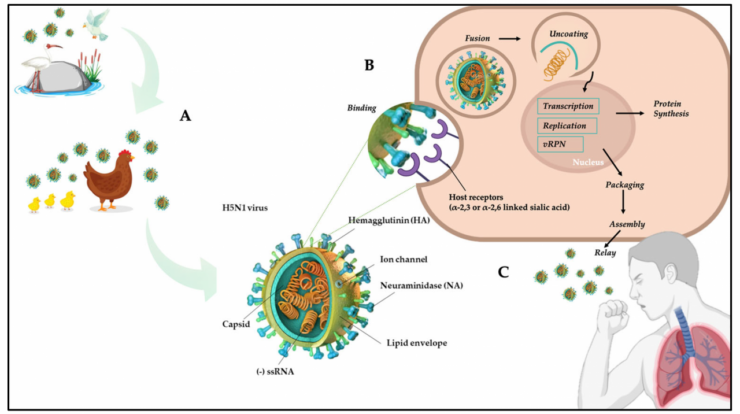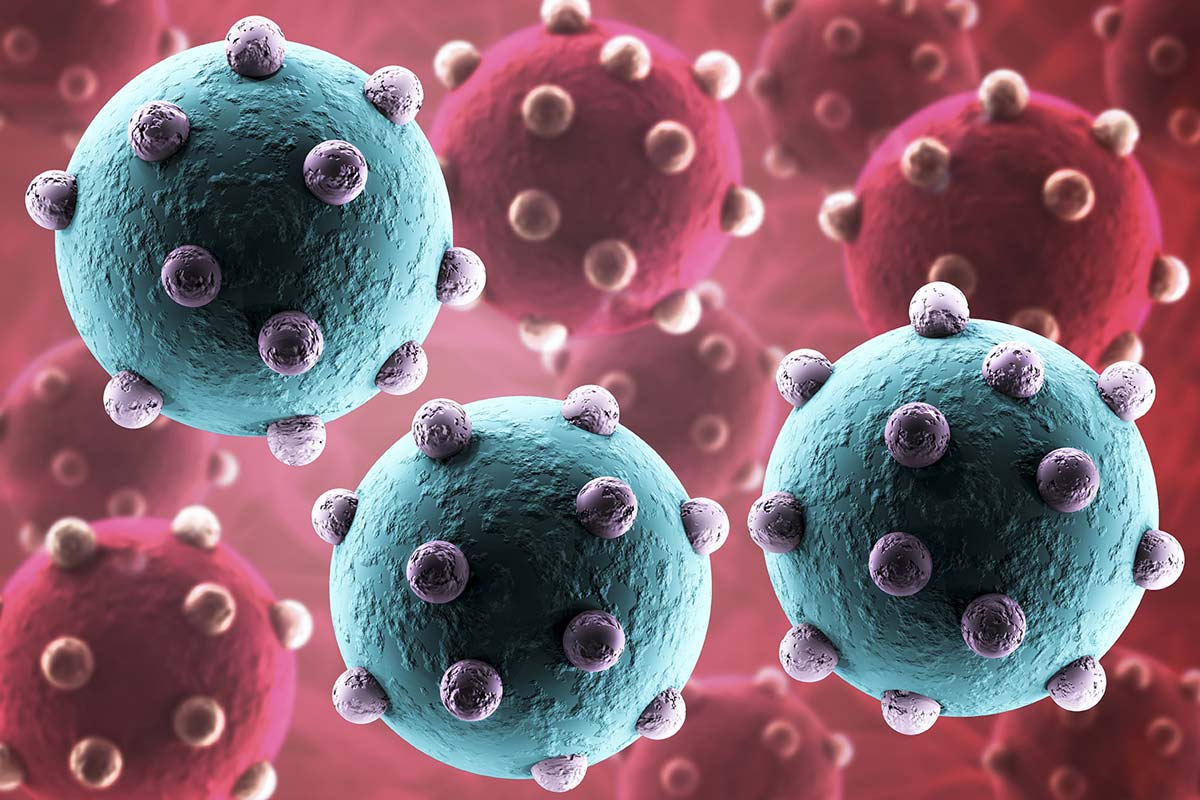
H5n1 who – H5N1, an avian influenza virus, has sparked global concern due to its potential to cause a pandemic. This virus, primarily affecting birds, has also been known to infect humans, raising questions about its transmission, symptoms, and public health implications.
From its origins and spread to its impact on human and avian populations, this article delves into the multifaceted nature of H5N1, exploring the challenges and efforts surrounding its prevention and treatment.
H5N1: Avian Influenza Virus

H5N1 is a highly pathogenic avian influenza virus that primarily affects birds. It has the potential to cause severe illness and death in poultry, and can also be transmitted to humans.
H5N1 was first identified in 1996 in geese in Hong Kong. Since then, it has spread to over 70 countries, causing outbreaks in both poultry and humans.
Transmission and Symptoms
H5N1 is primarily transmitted through contact with infected birds or their bodily fluids. In birds, the virus can spread through respiratory droplets, feces, and saliva.
In humans, H5N1 infection typically occurs through contact with infected poultry or their products, such as raw meat or eggs. Symptoms of H5N1 infection in humans can range from mild to severe, including fever, cough, sore throat, muscle aches, and shortness of breath.
Public Health Impact, H5n1 who
H5N1 is a major public health concern due to its potential to cause a pandemic. The virus has a high mortality rate in humans, and there is no specific treatment or vaccine for H5N1 infection.
Health organizations around the world are working to monitor and control H5N1 outbreaks. Measures include surveillance of poultry populations, vaccination of poultry, and public health education campaigns.
Prevention and Treatment
Preventing H5N1 infection involves avoiding contact with infected birds or their products. This includes avoiding contact with live poultry, raw meat or eggs, and surfaces that may have been contaminated with the virus.
There is no specific treatment for H5N1 infection. However, supportive care can help to improve the patient’s outcome.
Research and Development
Ongoing research and development efforts are focused on developing vaccines and antiviral drugs to combat H5N1. Researchers are also working to understand the virus’s evolution and transmission patterns.
The development of effective vaccines and antiviral drugs is essential for preventing and controlling future H5N1 outbreaks.
Last Point: H5n1 Who

As research and development continue to unravel the complexities of H5N1, ongoing efforts to monitor, control, and combat this virus remain crucial. By understanding the nature of H5N1, we can contribute to the global response to this public health concern and mitigate its potential impact.





